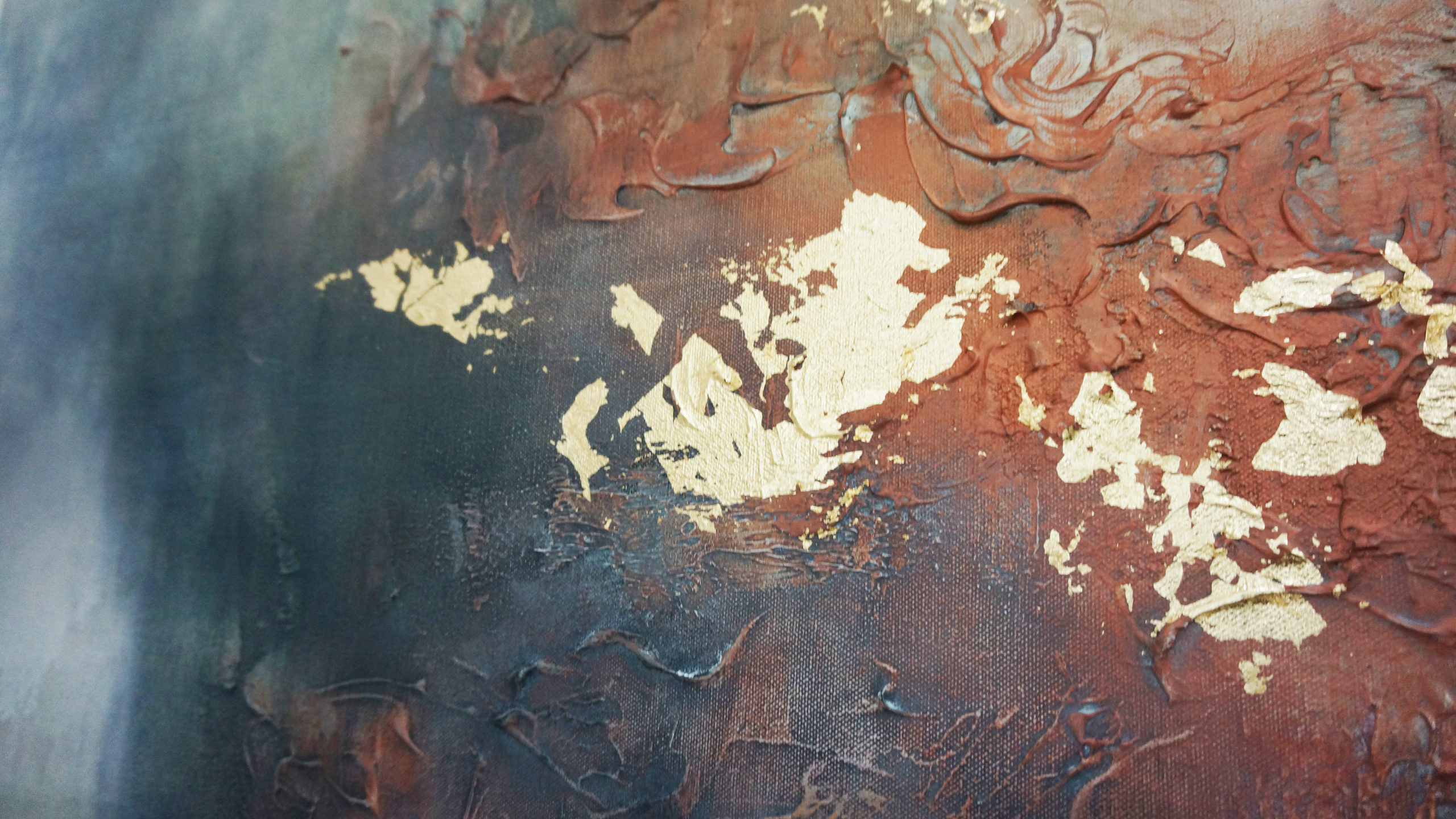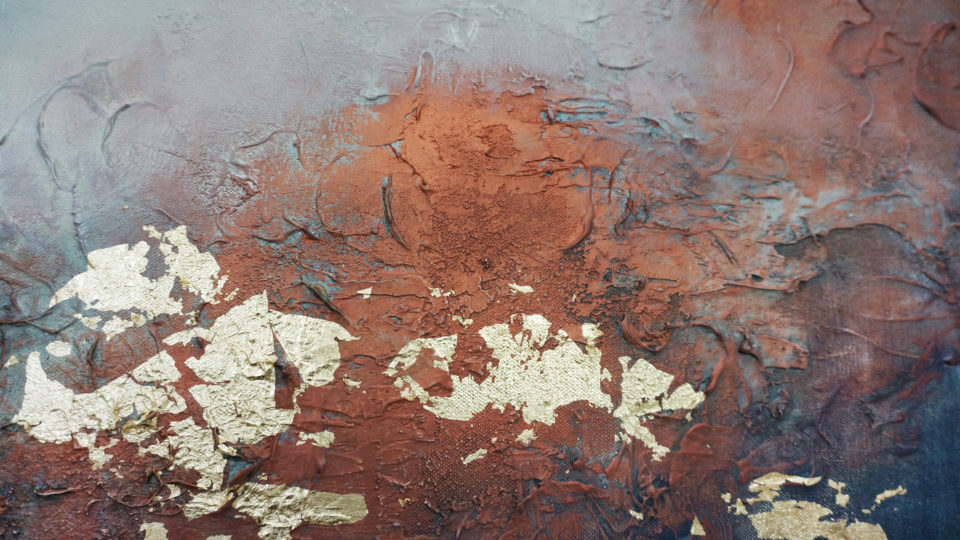I had the distinct pleasure of talking with fellow artist Carol Steen a couple of weeks ago. She’s an accomplished artist with over 20 solo exhibitions to her name. She’s also an author and educator in addition to her art practice. The reason Carol and I got to connect was because we are both synesthetic artists.
If you are unfamiliar with synesthesia, it’s a cross sensory experience where when one of your senses is stimulated another one gets triggered. There are many different kinds of Synesthesia, but if you give it a gooog you’ll be able to get a quick synopsis. For example, when I hear music, I see colors and abstract movements, literally see them. Carol and I both have this kind of synesthesia. She’s been a practicing artist for over fifty years. Her knowledge of both art and synesthesia have been indispensable.
I’m planning on sharing our conversation soon in an exciting upcoming project, however one little treat I can’t wait to share with you is a brief snippet of our conversation. Carol and I were talking about reality, because being a synesthetic artist can be very isolating. When no one can see what you are seeing, you can be ridiculed, made fun of, or simply not believed. She was talking about how with synesthesia the most real and life changing experiences of her life have been invisible to other people.

This reminded me of so many conversations I’ve had with people through the years. As an abstract artist I often hear, “I don’t really like abstract art because it’s not depicting something real.” I’ve heard this refrain or something like it so many times over the years. I understand. Not everyone needs to like abstract art and of course everyone can have their own taste, but to say it’s “not real” simply isn’t true.
Abstraction exists in real places. If you zoom in on a cell under the microscope, it looks like abstract art. If you change your perspective on almost anything in the physical world it looks like abstract art. These things are still real, but the perspective has made them appear abstract. I see abstract art every time I hear music. There are colors swirling, vibrating, dancing, bouncing, and flowing in front of my eyes every time I hear music. Abstraction exists in the real world. Carol and I got into this when she was describing different synesthetic events that were so life changing for her but completely incapable of being experienced by anyone else.
I know this feeling. The pieces of art that have moved me to tears have never been fine portraits, or stunning landscapes, the works that have always moved me the most have been abstract works.
I’ll never forget visiting the MOMA, sitting in front of Hellen Frankenthaler’s, “Jacobs Ladder” as tears streamed down my face. It feels embarrassing to admit this, because how ridiculous does it look to be so moved by abstraction, but to me, this painting was more real and expressed the movements and similar patterns I experience when having a synesthetic experience. It was in this moment that Carol affirmed what I had always intuitively known; sometimes the most real things are invisible to others.
This applies to more than abstract art, the most real things are not things you can touch or hold but you know it when you see it, like justice, hope, despair, tension in a room, among an infinity of other things. But because you might not be experiencing one thing, doesn’t mean someone else isn’t. The invisible is no less real than the physical.
Abstraction exists in the real world, it depicts real experiences that people like Carol and I see every day. As Carol put it, our version of abstract art is more aptly called an “internal landscape.” Abstraction is a very real depiction of really visible things.
*painting in cover photo is “Will You Hold Me”.



Comments
My first tearful experience viewing abstract art was gazing at the artist Eelco Ma’am’s exquisite lyrical works of beauty online. His early work inspired me to experiment with layers of wonderful paint and rely on the feelings it gave me applying it to my canvases. There’s something about art that can move you in such a way. Thanks for sharing your thoughts.
Sorry for the typo. It’s Eelco Maan